Mark Adams
Archives
8 February - 2 March 2013
Mark Adams is one of New Zealand’s foremost documentary photographers. His projects reflect a longstanding preoccupation with confrontations of the European and Polynesian worlds from the period of first contact into the present. This exhibition shows a selection of photographs from the archives of Adam’s journeys In New Zealand, documenting the Cooks Sites, Ngai Tahu sacred sites, and previously unpublished work from the sites of the signing of the Treaty of Waitangi.
“Te Hapa o Niu Tireni
The Treaty of Waitangi was signed at six sites in The South Island in 1840. The Anglican Missionary Henry Williams took a copy to Onauku, East Bay of Aropawa Island in the Marlborough Sounds and to Te Marua, Old Pa on the North East of Rangitoto ~ Durville Island.
Major Thomas Bunbury on the HMS Herald under Captain Joseph Nias was instructed by Captain William Hobson, Lieutenant Governor to ‘assemble the chiefs whenever an opportunity presents itself, and expound to them the principles on which Her Majesty proposes to extend to this country the advantages of a settled form of civil government, and obtain the signatures of such as may not have already given their adherence.’ Bunbury took a copy to Onuku in Akaroa harbour, Port Pegasus on the south east of Rakiura ~ Stewart Island where on Friday June 5th 1840 Bunbury and Nias proclaimed British sovereignty over Rakiura ‘by right of discovery’ by Captain Cook and without visiting any Maori settlements on the island. This was written out and sealed in a bottle and buried on an island either in Sylvan cove or Sylvan bay in the harbour. The Herald took the treaty next to Ruapuke Island in Te Ara a Kiwa ~ Fouveau Strait, Otakou Heads, and Kakapo Bay ~ Guards Bay, Port Underwood in Te Poho a Kupe ~ Cloudy Bay. On Horahora Kakahu Island opposite Kakapo Bay on June 17th Bunbury and Nias proclaimed British sovereignty of the South Island by virtue of the seven Ngai Tahu and nine Ngati Toa signatories having ceded the island to the crown.” Mark Adams
The first work in the exhibition is at Te Tou Rangatira Whenua, Te Tii Marae, Waitangi; an old armchair, constructed between 1959 and 1962, marking the site of much talking and debate. From here we join Adam’s journey to Hokianga and then south to Durville Island, Marlborough Sound and on to Stewart Island, retracing the voyage of The HMS Herald on its mission to gather signatures for the treaty.
Another work is an enigmatic pasting of early newspaper cuttings. Entitled 1977 Tangihua Road, Maungakaramea, the photograph is of a wall of an old villa with the newspaper cuttings used as wallpaper to cover the old kauri. A picture of the Tuhoe prophet, Rua Kenana with his circular temple, Hiona, is prominent. This finding was significant as the beginning of Adam’s investigation into our complicated colonial histories and the start of his journeys to historical sites around New Zealand and the Pacific.
The two works from Cook’s Sites, are sites painted by William Hodges, the first professional European artist to visit the Pacific, whose portrayals of Dusky bay and Pickersgill Harbor were both immediate and idealised. Adams intricate and pin sharp images allow us to look out from these paintings and reassess the history of this extraordinary landscape.
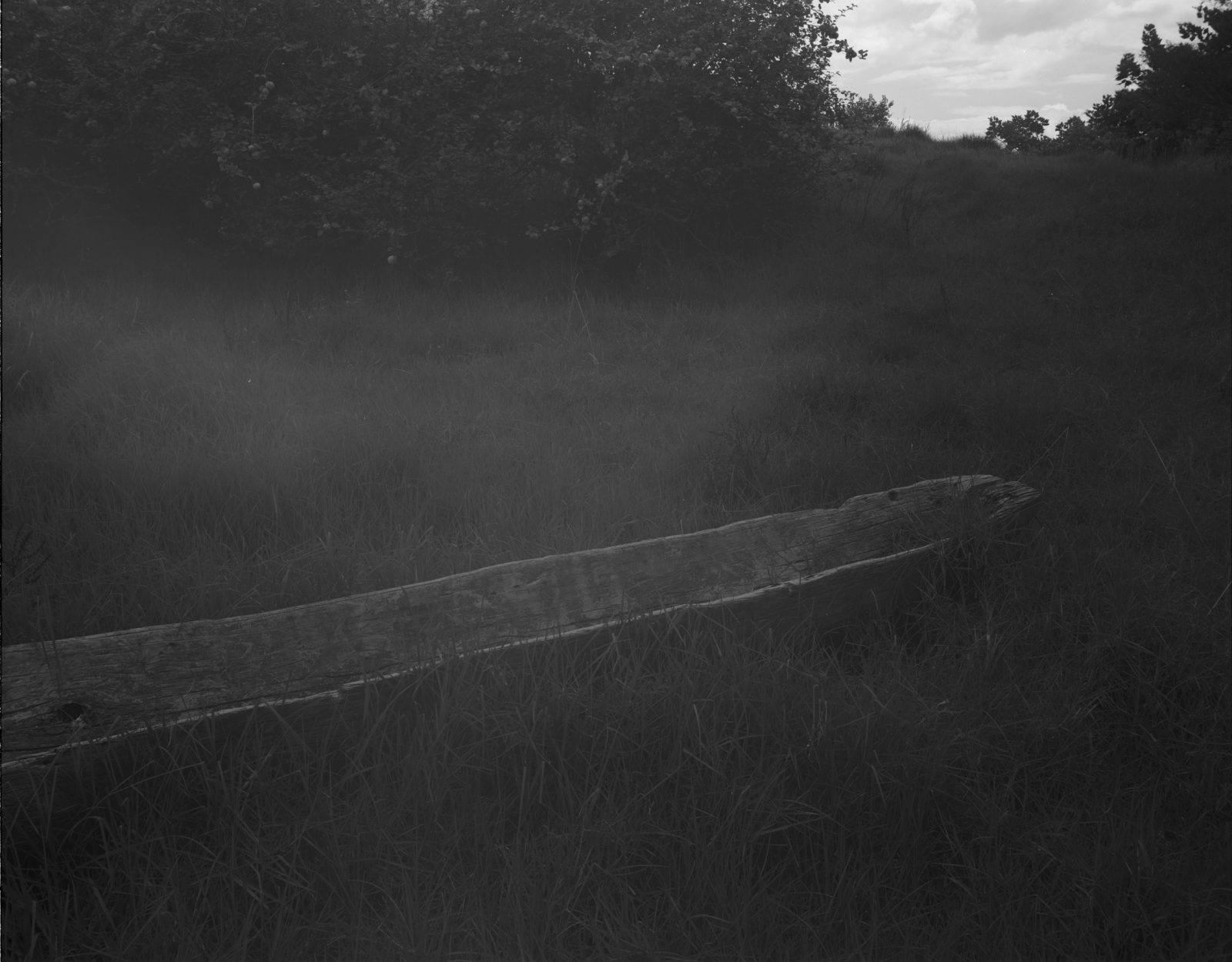
20 x 24 inch
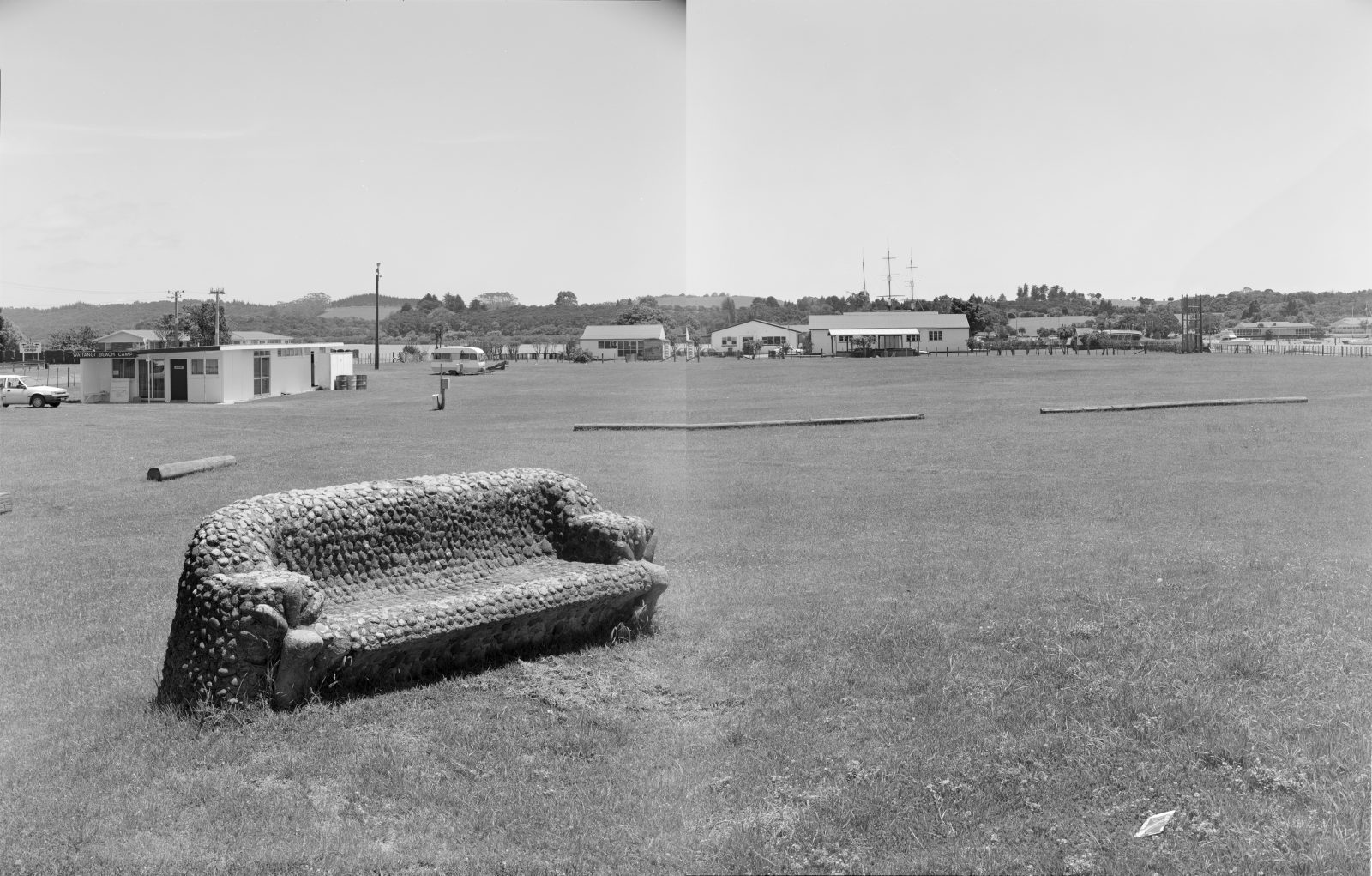
20 x 24 inch silver bromide fibre based print enlarged from 10 x 8 inch black and white negatives
2 prints each 600 x 510

Fibre based silver bromide prints
5 prints each 600 x 510
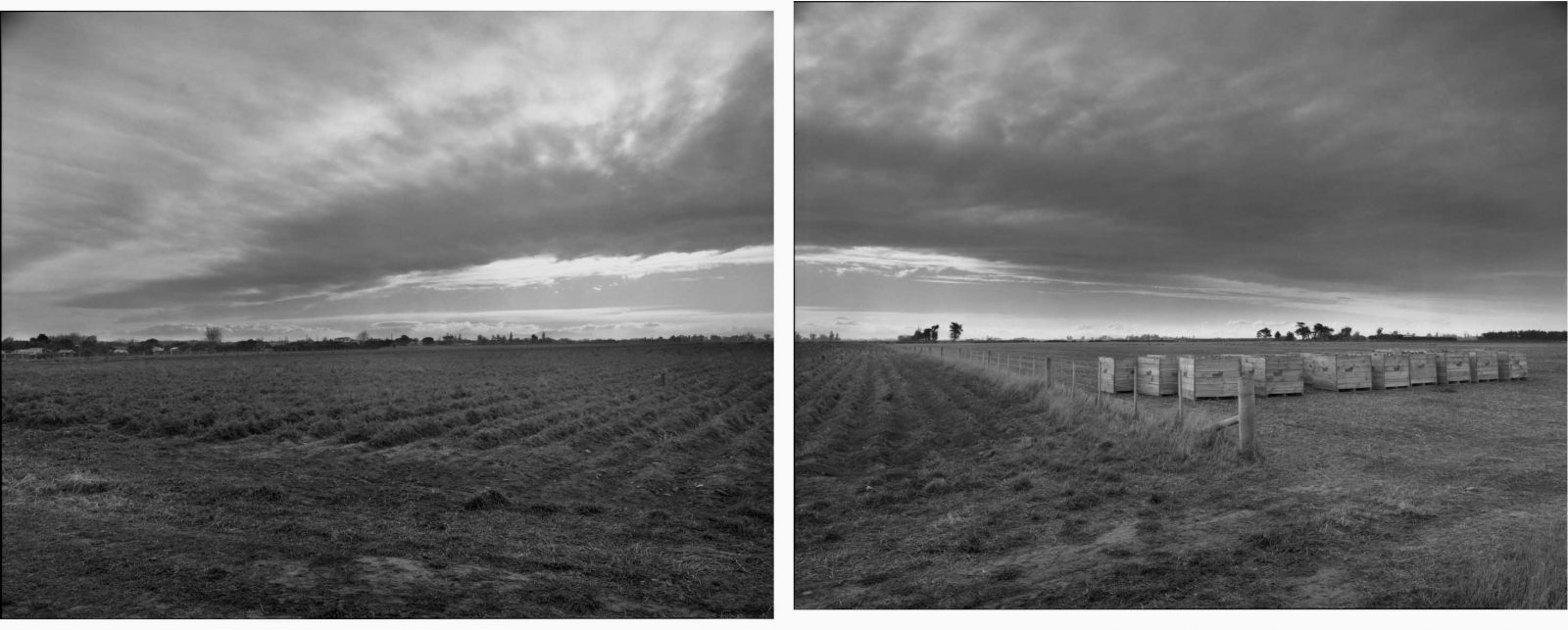
20 x 24 inch silver bromide fibre based print enlarged from 10 x 8 inch black and white negatives
2 prints each 510 x 600
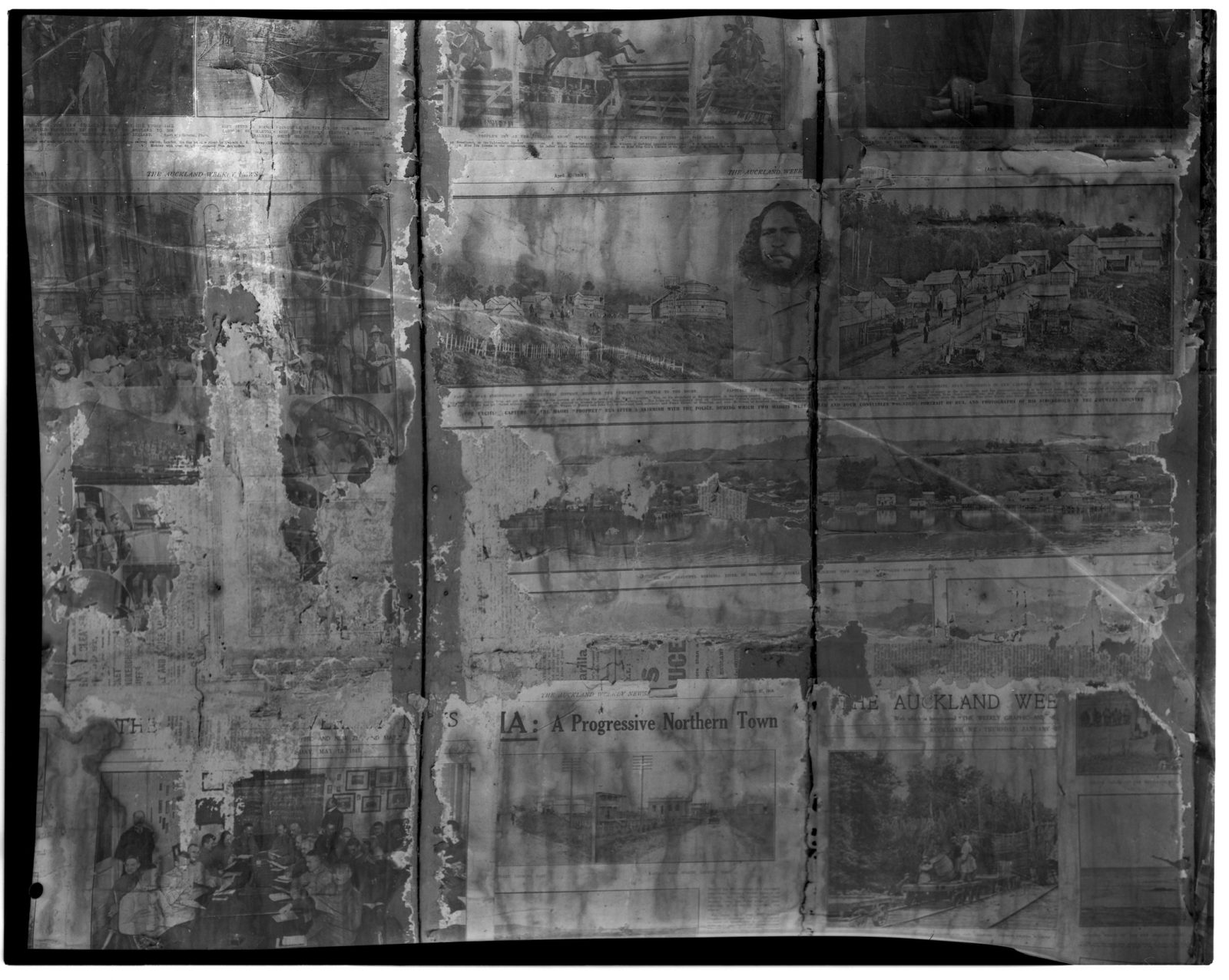
20 x 24 inch silver bromide fibre based print enlarged from 10 x 8 inch black and white negative
510 x 600
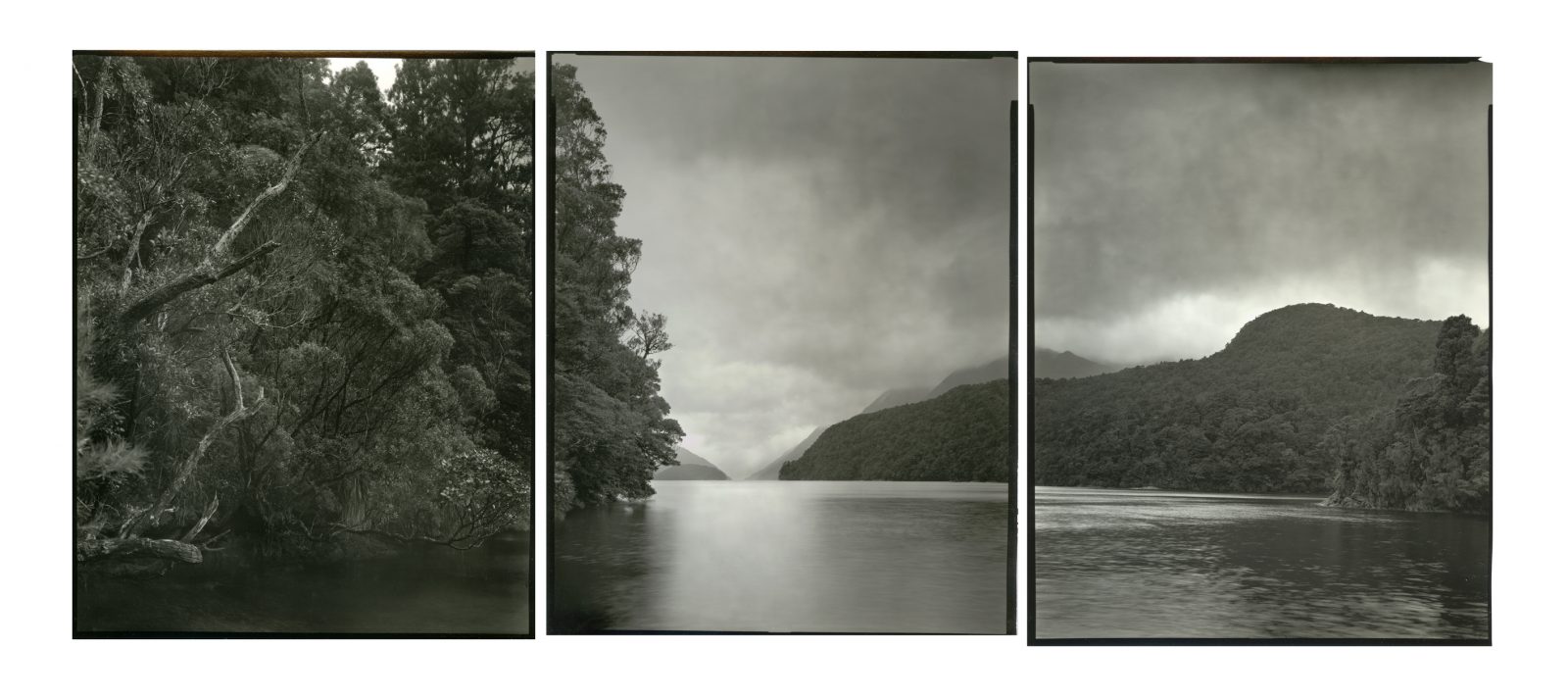
20 x 24 inch silver bromide fibre based print enlarged from 10 x 8 inch black and white negatives
3 prints each 600 x 510
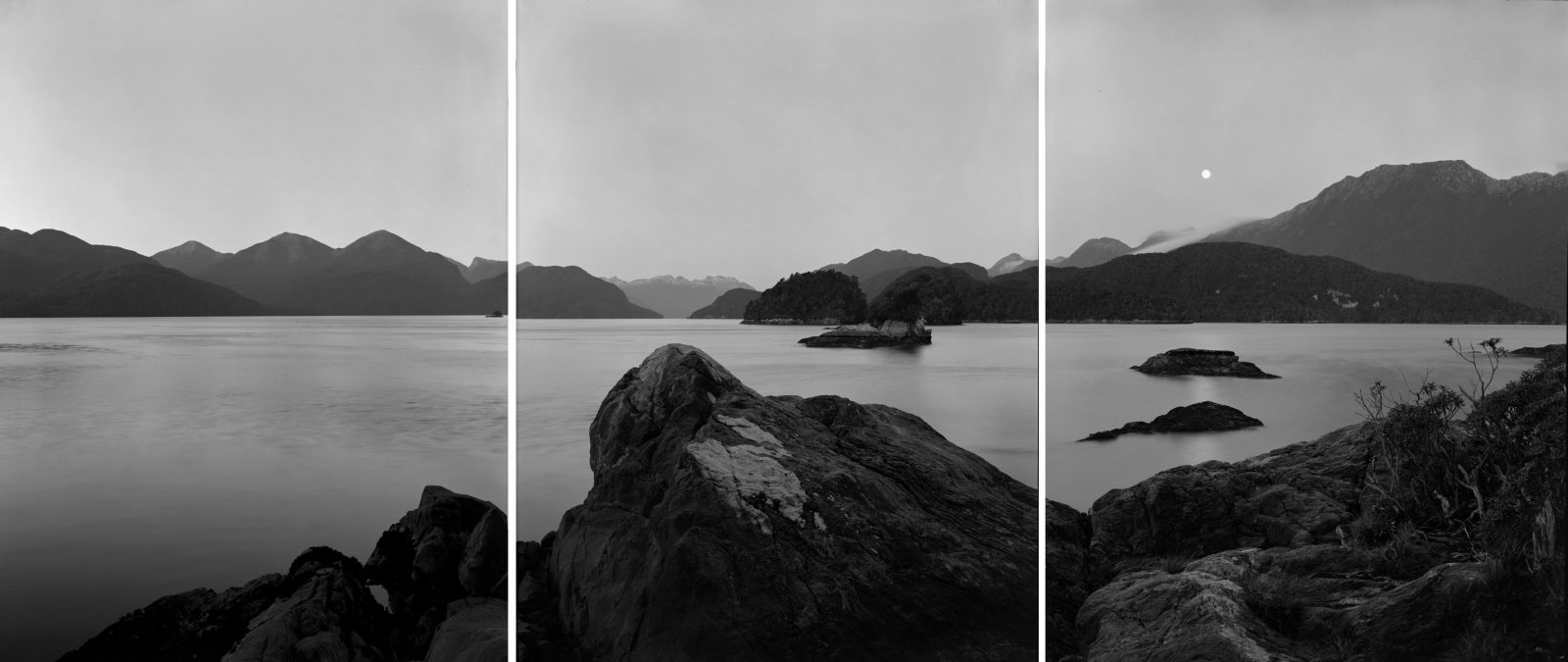
Fibre based silver bromide prints
3 prints each 600 x 510mm
Edition of 7

Silver bromide contact print from 10x8 inch black and white negative
3 prints each 205 x 255 mm

Silver bromide contact print from 10x8 inch black and white negative
3 prints each 205 x 255 mm
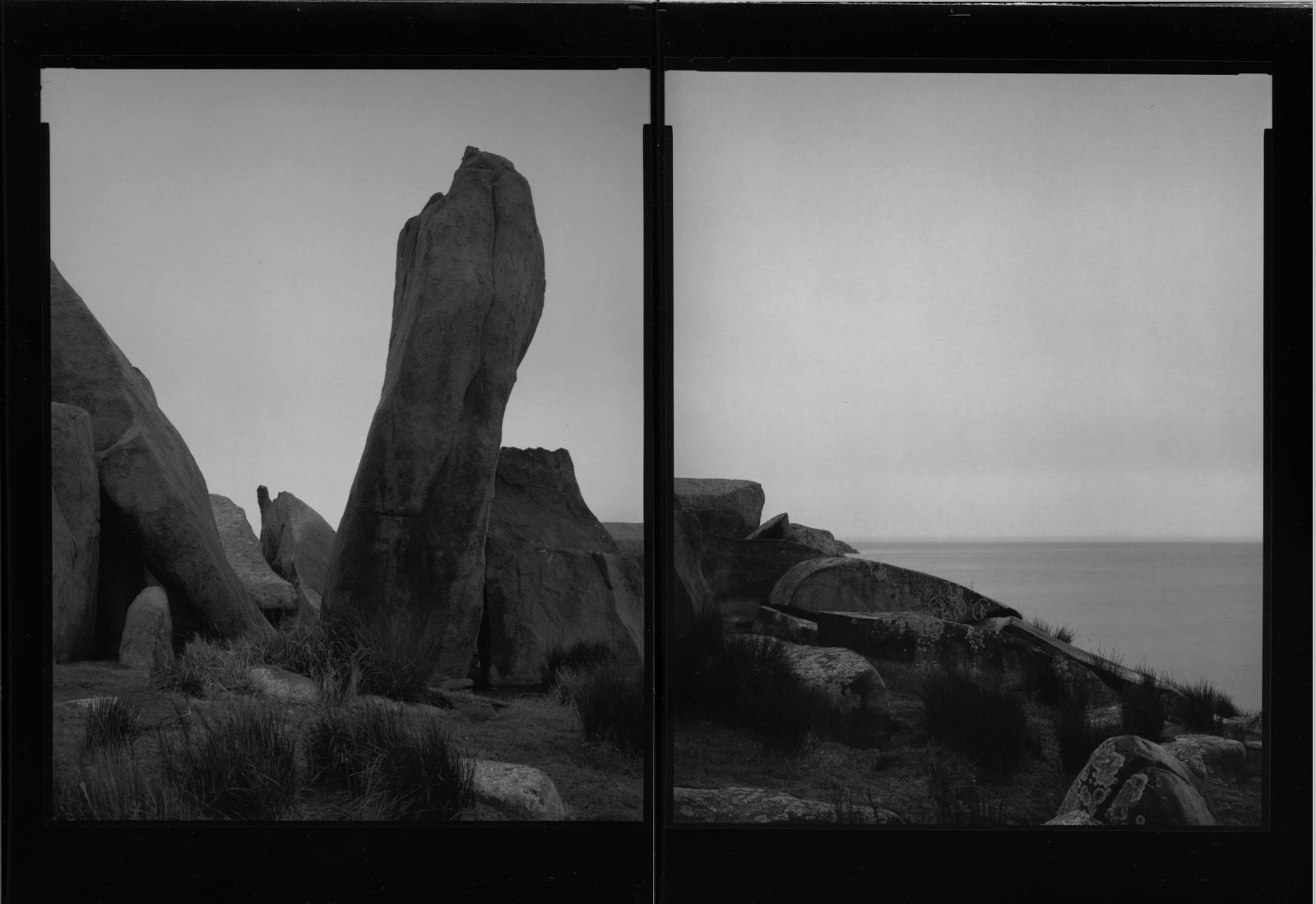
Silver bromide contact print from 10x8 inch black and white negative
2 prints each 205 x 255 mm